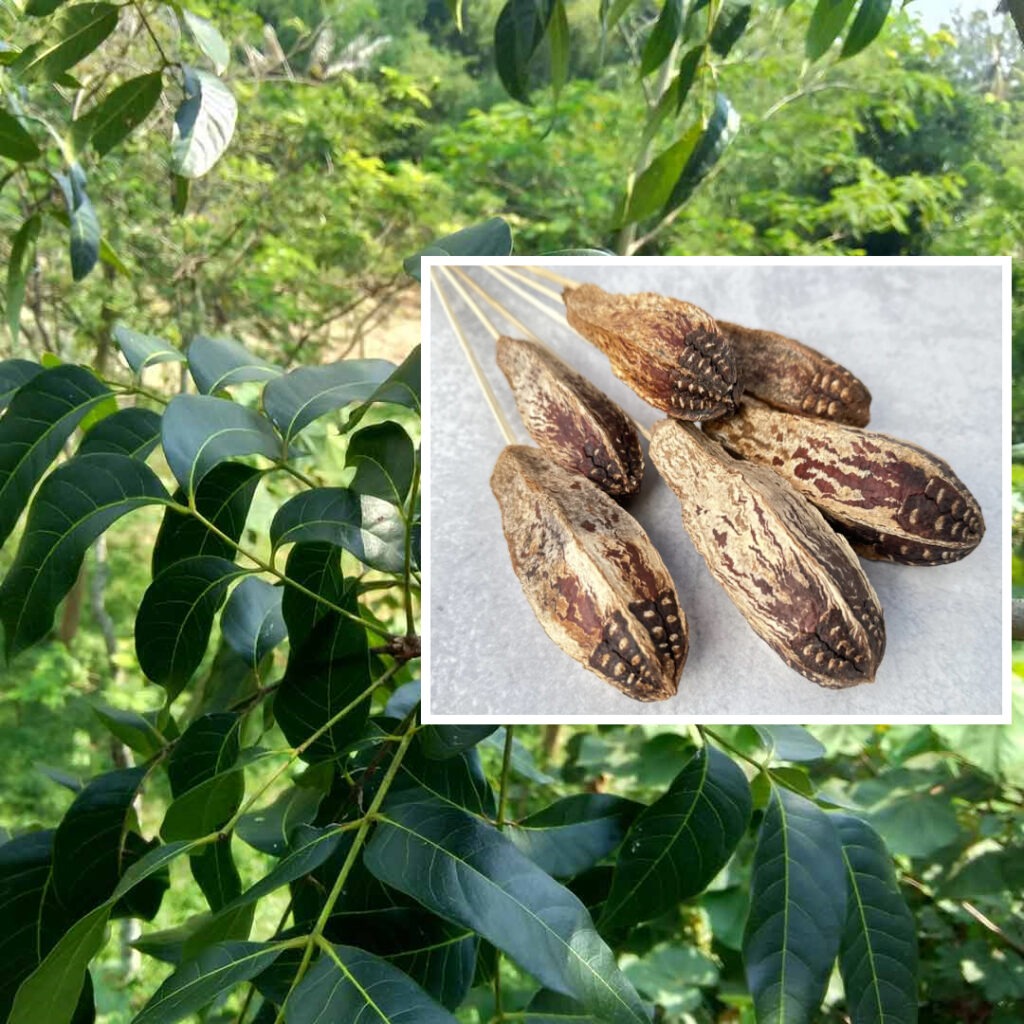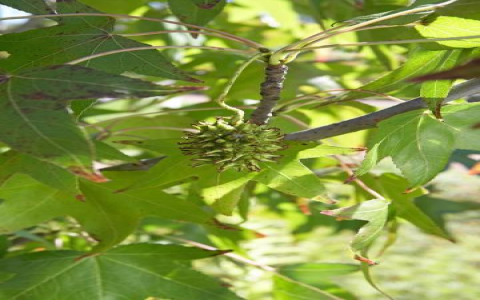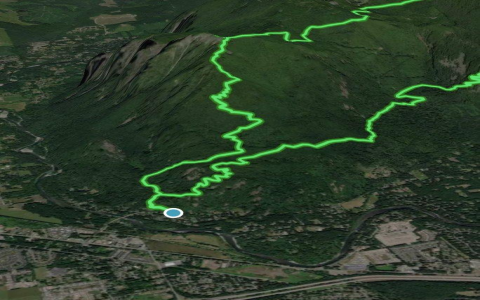Seed pods on trees are nature’s masterpieces, often overlooked by the casual observer, yet they embody the essence of botanical ingenuity and are paramount to the forest’s life cycle. Imagine walking through a verdant wood in the fall. The ground is littered with leaves, and if you look closer, beneath the leaves, you’ll find seeds pods nestled among the debris. These pods are not just reproductive capsules; they are an evolutionary marvel, each tailored to its tree species’ survival.
Throughout history, humans have observed the marvels of tree reproduction with a mixture of awe and scientific curiosity. Early botanists like Carl Linnaeus recognized the significance of seeds in plant taxonomy, but seed pods, in particular, sparked a niche interest due to their diverse forms and functions.

Consider the Black Locust tree, whose pods hang like decorative lanterns on the branches. These leguminous pods, when mature, open explosively, hurling seeds far and wide. This explosive dehiscence is a testament to nature’s engineering for dispersion. The mechanism ensures that not all seeds fall directly beneath the parent tree where they might compete for resources, instead they are cast across the forest floor, gifting the opportunity for growth in new areas.
Then there are the Maples, with their keys, samaras shaped like a helicopter’s rotor. When released from the tree, they twirl down to earth, whimsically riding the breezes, and sometimes, helped by the wind, reaching afar. The design of the winged seed pod not only facilitates effective dispersal but also adds a touch of beauty to the process of propagation.
The process of seed dispersal, however, goes beyond mere beauty and mechanics. It’s a critical strategy for survival in a natural world where space is coveted. Oaks produce acorns, which are not only nutrient-heavy for potential seedlings but can also benefit from a wide range of dispersal agents, from squirrels burying them for winter to jays dropping them mid-flight.
In the life of a forest, these seed pods play several roles. Firstly, they preserve genetic diversity by ensuring the plant species do not remain isolated. This diversity is the bedrock upon which resilience is built, allowing forests to adapt to changes or disease. Secondly, seed pods play a role in ecosystem engineering. For example, the beans spilled from a parent plant not only grow to replace the current tree but also provide sustenance to wildlife, further distributing seeds through excrement in a nutrient-rich medium conducive to germination.
The texture and toughness of some seed pods, like those of the Magnolia, protect the seeds from predation, and they might add a final layer of defense by dropping when a potential threat comes too close. The custom armor of these pods allows time for the seed to start developing before being consumed.
Beyond survival, seed pods are symbols of renewal and the cyclical nature of life. A fallen seed signifies an end and a beginning; it’s the quiet beauty of nature’s persistent forward march, where forethought, design, and art intertwine to ensure the perpetuation of life.
Seed pods on trees are thus not merely seed holders; they are the embodiment of ecological sophistication, with each species having evolved a method best suited to its environment. Walking through a forest, seeing these seed pods, one is reminded of the intricate tapestry of life where even the smallest capsule plays a pivotal role in the grand scheme. Here nature teaches a subtle lesson of patience and indirect benefits that ripple through the forest, much like the aftermath of a seed pod’s crash to the ground: quiet, unnoticed, but profoundly impactful.



